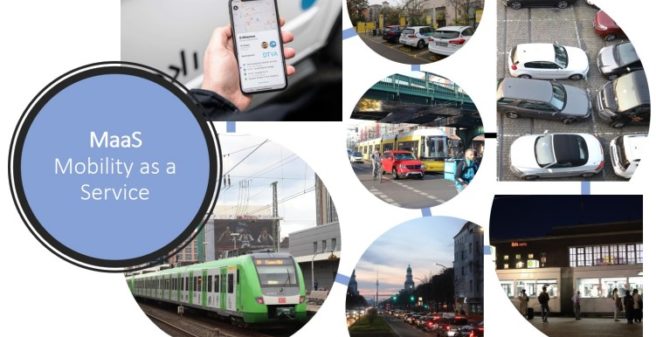
Industry Focus: Digitization & IT
Picture this: you are travelling in a new city and you need to go from A to B in the best manner and you don’t have much money left on your bank card. Searching for the quickest and cheapest mobility option is difficult – not all transport solutions are shown in the internet nor do you know their cost. With different options available, how can you take a decision? How can you be sure that you’re choosing the best service?
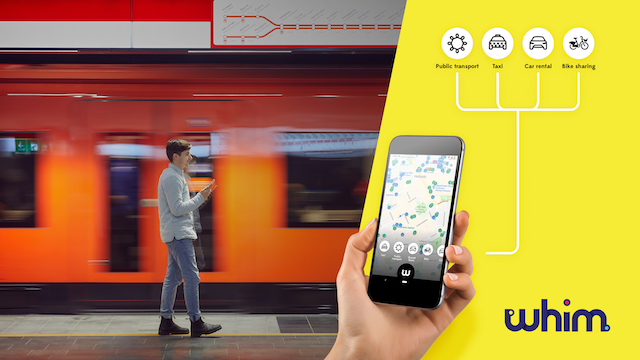
The Mobility as a Service (MaaS) concept is aiming to solve the traveller’s dilemma. With the combination of traditional transport modes, new mobility solutions and the digitalisation of mobility via the optimisation of existing services and creation of new ones based on smart data and IT solutions, travelling shall be made easier, quicker, more-efficient and environmentally friendly in the future. MaaS can enable the shift from personally-owned modes of transportation towards connected mobility solutions and services. In the future, there will be a combination of transport services from public and private operators through one single gateway which manages the trip. Passengers, or users, then only have to pay for the trip via one account. This can also be include a monthly fee for a limited distance. The aim behind MaaS is to offer travelers and commuters improved mobility solutions based on their actual transportation needs.

When was MaaS created?
The ITS (Intelligent Transport Systems) congress in Bordeaux in 2015 can be seen as one of the founding dates. The MaaS Alliance, a union consisting in public transport operators, the financial sector, the transport industry has been created shortly afterwards and first applications can now be seen all over the place. Members are, for example, public transport operators such as Transdev, DeLijn from Belgium, the Japanese railway operator JR East, the railroad manufacturer Alstom and Hitachi, but also MaaS providers like Moia. The MaaS Alliance is committed establish standards, guidelines and best practice for MaaS.
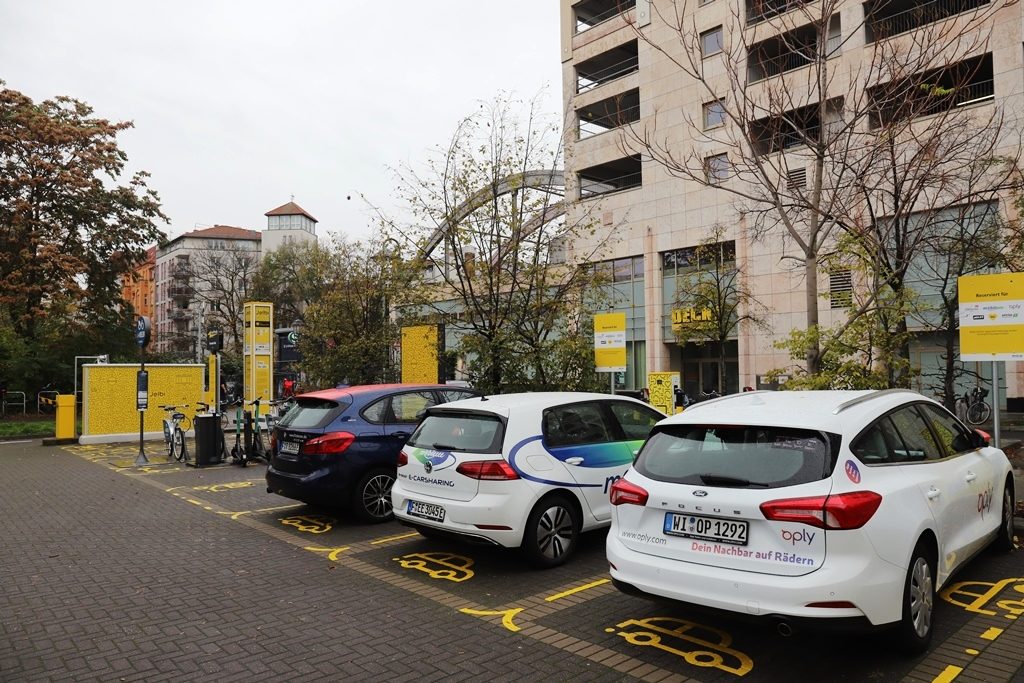
How does MaaS work?
Planning a journey typically begins in a journey planner. For example, a trip planner can show that the user can get from one destination to another by using a train/bus combination. The user can then choose their preferred trip based on cost, time, and convenience. At that point, any necessary bookings (e.g. calling a taxi, reserving a seat on a long-distance train) would be performed as a unit. It is expected that this service should allow roaming, that is, the same end-user app should work in different cities, without the user needing to become familiar with a new app or to sign up to new services.

Why do we need Maas?
The landscape of urban mobility is changing fast and new solutions are being offered to citizens all over the world. In many large cities, e-scooters, bike- car- and ride-sharing and (e-) cycling as well as ride-hailing are being added to the transport mix and their presence is growing rapidly. Is this part of the mobility revolution? Is this just a trend, hyped by the media and huge capital investments? What will be the role of the existing public transport?
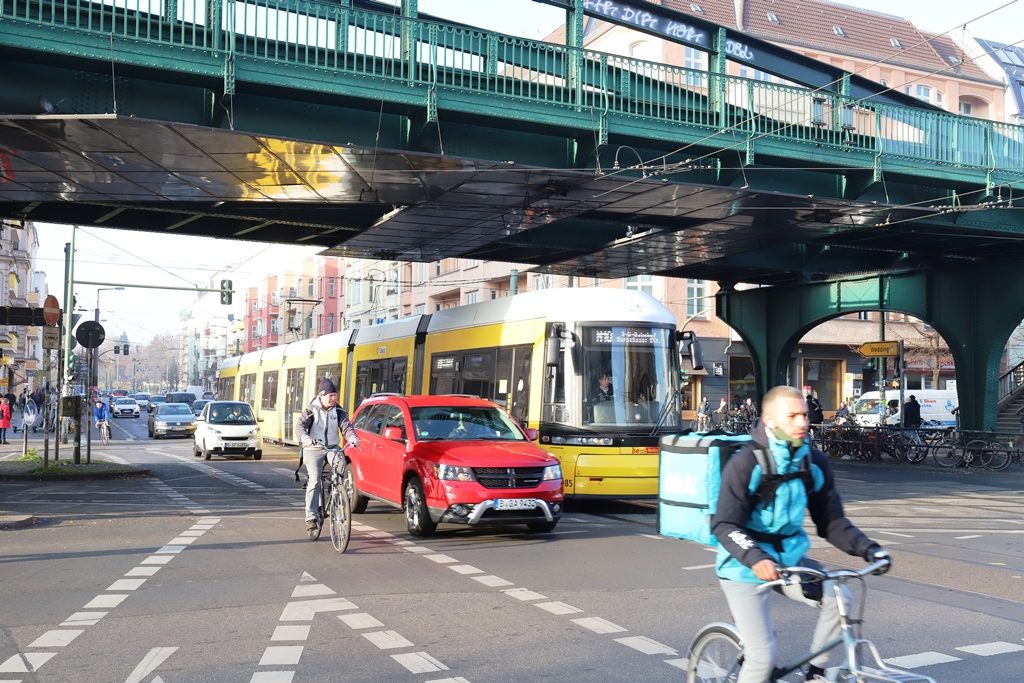
With new players offering new mobility services, travellers see themselves confronted with an increasing number of options. This is where the MaaS concept comes into play: MaaS will offer the users the best mobility solution in terms of time, cost, comfort and other aspects.
MaaS has the potential to connect a very large audience, from young persons to persons with reduced mobility, international business travellers, families or elderly persons etc.. For the public transport sector, this is an opportunity as new customers can be attracted and new mobility services can be developed. Also, if applied correctly, Mobility-as-a-Service has the ability to enable more sustainable mobility, cause a decline in car ownership and city congestion. Critics see the emergence of automotive and other mobility solutions as a risk for the current transportation landscape as “low-cost” shuttles could also jeopardise public transport offer and increase the ridership on streets and therefore CO2 emissions.
Where does MaaS already exist?
Currently, many MaaS initiatives are being implemented at a local or regional level however it is likely that there will also be national and even global MaaS platforms in the future. At the same time, the coexistence of MaaS platforms in different geographic locations will also become a reality. Cities which started the implementation of MaaS are in Helsinki, London, Singapore and Berlin, for examples. Operators, start-ups and IT companies are developing diffent Apps for the implementation of MaaS in cities.

One of the first MaaS Apps was Whim in Helsinki which started operating in 2016. It has been developed by MaaS Global and combines all transport modes, from public transport to bike-sharing and taxis, and users only pay “one price”. Whim offers three types of service: a free, pay-as-you-go option; a 49€ monthly “Whim Urban” subscription for unlimited public transportation and reduced taxi prices (10€) and carshare (49€); as well as a 499€ “Whim Unlimited” package which includes unlimited taxi and carshare usage. Most of Whim’s 7,000 Helsinki subscribers use Whim Urban. The total number of Whim users is of 60,000, making it to 0.5 percent of Helsinki’s transport mix. Whim is already leveraging its experience to other cities such as Birmingham, Antwerp and Singapore.

What role do autonomous vehicles play?
The development of autonomous and electric vehicles, be it shuttles, buses or cars, can be seen as a further booster for MaaS in the future. For the application of autonomous shuttles and buses, technical and regulatory challenges will have to be solved. Autonomous transportation will then enable the operation of on-demand, self-navigating vehicles with a possibility of ride-sharing. Looking at cities worldwide today, such vehicles could replace the private car in the future entirely, hence giving more public space to citizens with a very positive impact on the quality of life in urban areas.
Summary
There is no doubt that both digitalisation and new mobility services are entering the market. Different approaches are being tested. MaaS has the potential to improve the transport mix in cities and regions worldwide, however not all commuters require such an App as many are used to standard patterns of commuting. If deployed in the right framework in combination with public transport, MaaS can be a brilliant tool to change citizens travel behaviour towards more sustainable modes and optimise urban mobility systems. Nevertheless, it will be important that transport authorities take action now as global platforms are building solutions already that do not necessarily have a non-discriminatory approach nor favour more sustainable travel behaviour.
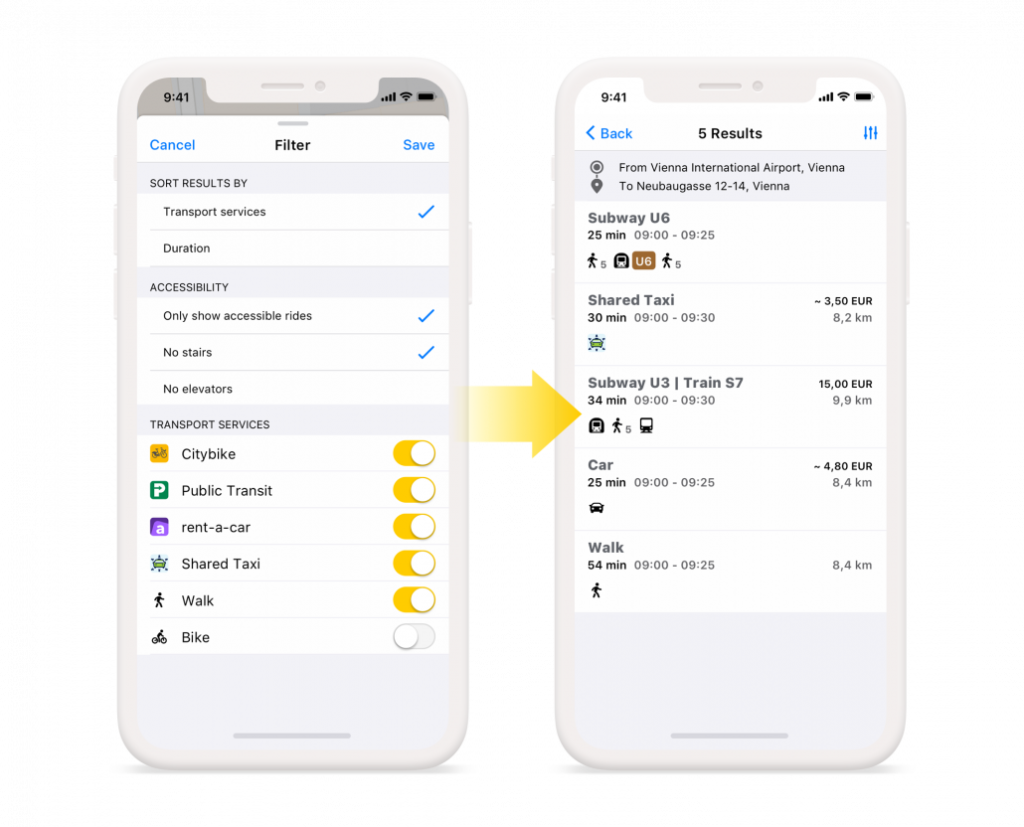
MaaS suppliers and developers
The mobility-as-a-service industry is undoubtedly in growth. At a short distance, new technology start-ups and mobility service providers are sprouting up from the ground, wanting to compete in the market. Some MaaS providers focus on a specific area of mobility-as-a-service, while others offer complete solutions for consumers and carriers.
An overview (without claim to completeness):
- Beeline, Singapore (LTA) is a cloud-based mobility platform enabling data-driven shuttle bus services for commuters, Allows activation of more direct bus routes to meet passenger needs.
- BMW-Daimler/ REACH NOWis a joint venture, which operates as a start-up which has so far invested over 1 billion Euro in a multimodal mobility app, which includes car sharing, taxi ride hailing, electric car charging and parking management.
- Citymapper: The mobility app offers maps and connections for commuters and offers its services for 73 cities worldwide as a free smartphone app for travel planning, using available methods of urban traffic. Live data is also used to provide the most time-efficient means of transport.
- Hacon(a Siemens subsidiary) works together with the partners Siemens Mobility as well as the ticketing specialists eos.uptrade and Bytemark. With a flexible and secure MaaS platform, various databases and interfaces can be combined in one travel software. Whether as a native app or web app – many of the applications involve much more than just the bus or train connections of an individual provider or traffic association.
- HERE Mobility provides digital mobility solutions for businesses, operators and users worldwide based on tailor-made solutions.
- Lyft is the second largest mobility service provider in the US and develops, markets and distributes Ride Hailing, e-scooter and bike sharing offers via a mobile app.
- Masabi is a technology company for public transport operators and offers mobile apps, also for e-ticketing and fare management. Masabi is already working with Uber to market app-based public transport tickets.
- Mobilleo (Yorkshire, UK) is a MaaS technology company and offers platform and app solutions for travel services for trains, public transport, hotels, taxis, flights, rental cars and airport services.
- MOIA (Berlin, Germany) is the latest Volkswagen company to focus on developing IT-based on-demand services such as Ride Hailung and Pooling Services. For this purpose, MOIA also invests in digital startups and works with cities and established transport operators. MOIA offers Ride Sharing services in Hamburg and Hanover, which have been temporarily suspended due to the Corona pandemic.
- Open Transport is an open API for MaaS developers, fleet services and transport operators to connect into easily and quickly. Open Transport API is simple and easy to use. It gives you access to whole data so that you can focus on the logic.
- Moovit offers a real-time journey planner mobile and web app with GPS to navigate public transit networks across transit modes, including buses, ferries, rapid transit (metro/subway/underground, etc.), trains, trams, trolleybuses, ride-hailing, shared bicycle, car sharing, and scooters.
- Sked Go/Trip Go: is a free all-in-one transport solution that integrates gives passengers transport information including car, motorbike, bicycle and bike sharing, taxi, shuttle services, car sharing and public transport – including combinations thereof.
- TravelSpirit is a non-profit organisation set to become a global commons of “Internet of Mobility” infrastructure, networks and code. An accessible resource for mobility operators and transport authorities, with new open source software components licensed under MPLV2.
- Uber is the the leading multinational transport network company (TNC) offering ridesharing, ride hailing, bike-sharing, e-scooter sharing and transit integration services through its platforms (accessed by customers via website and mobile apps).
- Ubigo is a fully integrated mobility service for everyday travel (or Mobility as a Service, MaaS). It aims to make everyday life easier for urban households and foster sustainable cities by offering a simple, flexible, reliable and affordable service as an alternative to car ownership. The UbiGo service was developed and successfully tested in a commercial pilot Gothenburg2013-2014 together with partners such as Volvo, City of Gothenburg, the region PTA, Viktoria institute and Lindholmen Science Park. It was launched in 2019 in Stockholm.
- Whim App, Helsinki, Finland: Whim is one of the pioneers of mobility-as-a-service technology. Combining over 2,500+ taxis, car rentals and public transport options, Whim helps users plan and book better journeys through smartphone technology. Whim has already made more than 16 million trips.

